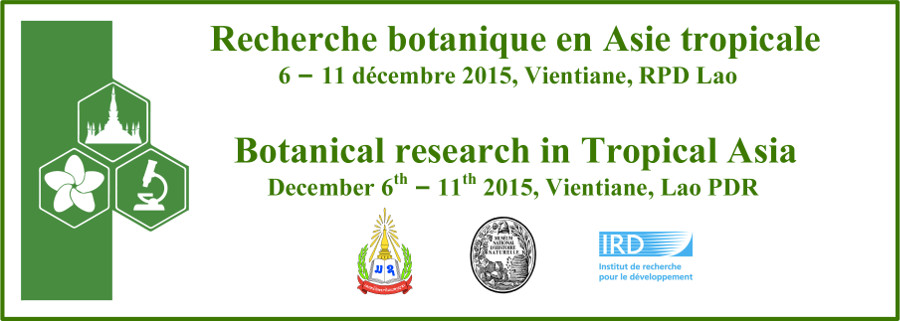Bamboos are iconic in Asia and have been the subject of numerous studies. Surprisingly, however, modern taxonomic treatments for the old world taxa are lacking, especially for the area within the borders of Cambodia, Laos and Vietnam. We have been conducting research on bamboos in the region, especially focusing on intensive fieldwork in order to gather as much bamboo herbarium material as possible. The study is focused on the systematics, evolution and ecology of Old-World bamboos, with the aim of producing an interactive identification key. A list of morphological descriptors being used will be published soon, as well as a nomenclatural assessment for all the taxa occurring in the area. These are the first steps towards a monographic treatment of the bamboos for the Flora of Cambodia, Laos and Vietnam. Several problems persist in matching early descriptions with taxa as sometimes the types and the diagnoses are poor. Further work in international and local herbaria is required.
The aim of this communication is to show what progress has been made towards a complete revision of this flagship group, especially focusing on taxonomic and distribution aspects. The morphological data used in this project is coded in line with a set of descriptors using the XPER3 knowledge base (ISYEB, UMR 7205 Institut de Systématique, Evolution, Biodiversité) and is continuously updated following the incorporation of data from major herbaria and recent field trips.
With a better knowledge of the taxonomy and with reliable determinations (which are essentially lacking for specimens collected in the area), this project will contribute to GSPC (Global Strategy for Plant Conservation) target 1 and help provide data for conservation purposes.
- Poster

 PDF version
PDF version

